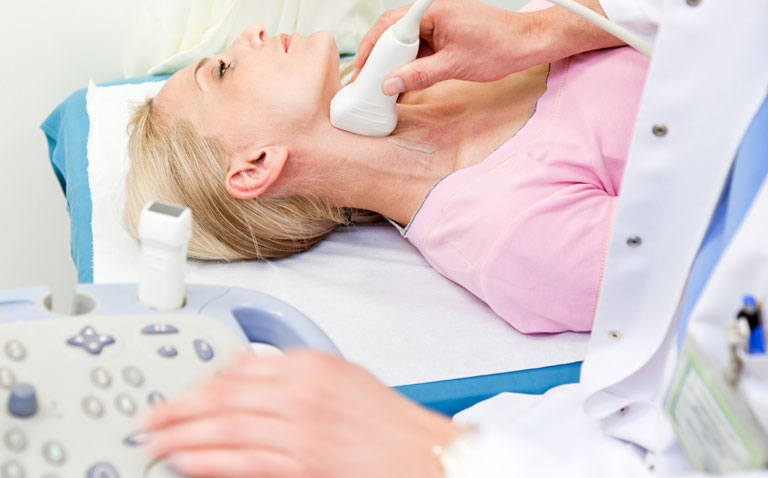Hand-held carotid ultrasound has been demonstrated to have good agreement with conventional duplex ultrasound in ruling out carotid disease
A hand-held carotid ultrasound device shows an acceptable level of agreement with conventional duplex ultrasound for the examination of patients with suspected transitory ischaemic attack (TIA) or ischaemic stroke. This was the conclusion by a team of researchers from the Department of Internal Medicine, Levanger Hospital, Norway.
According to the World Stroke Organisation, 1 in 4 adults over the age of 25 will have a stroke in their lifetime and in 2019, there were 12·2 million incident cases of strokes, accounting for 11.6% of all global deaths.
Moreover, the presence of narrowing of the carotid artery or carotid stenosis, has been found to be associated with increased risk of ischaemic stroke. Carotid endarterectomy as a treatment, has been found to be of some benefit for patients with 50% to 69% symptomatic stenosis, in reducing the risk of stroke.
However, carotid stenosis cannot be adequately assessed through a physical examination and carotid ultrasonography has become a reproducible imaging method used to detect carotid atherosclerosis.
But could a hand-held carotid and hence much more portable, ultrasound device be just as reliable for the examination of patients with suspected TIA or an ischaemic stroke compared to a conventional high-end vascular ultrasound (HIGH)? This was the essential question addressed in the current study by the Norwegian team.
They included patients admitted to a community hospital with a suspected stroke or transient ischaemic attack. The patients were examined using a hand-held carotid ultrasound and the severity of carotid stenosis graded on a 7-point ordinal scale from 1 (normal) to 7 (occluded). Following this initial assessment, a HIGH was performed by a second cardiologist who remained unaware of the findings from the hand-held device and graded the degree of stenosis using the same scale.
The results of the two scans were then compared by weighted Cohen’s Kappa and which is designed to assess the level of agreement between the two techniques. Scores range from 0 to 1 with 0.41 – 0.60 rated as moderate agreement, 0.61 – 0.80 as substantial and over 0.81 as almost perfect agreement.
Hand-held carotid ultrasound agreement with HIGH
A total of 80 patients with a mean age of 71.5 years (47.5% women) were included in the study, 27.5% of whom, had a previous history of cardiovascular ischaemic events (i.e., ischaemic stroke, TIA, or myocardial infarction). From the total cohort, 11% were found to have a greater than 50% internal carotid stenosis (ICS) on examination. Overall, 77.5% of patients were discharged with a diagnosis of ischaemic stroke or TIA.
The overall agreement between the hand-held device and HIGH for the classification of the degree of internal carotid stenosis was 69%. In addition, the weighted Kappa agreement between the hand-held device and HIGH was 0.76 (95% CI 0.66 – 0.85). Nevertheless, there was evidence that the hand-held device overestimated ICS compared to HIGH when there was >50% occlusion (odds ratio for agreement = 0.15, 95% CI 0.06 – 0.42) using < 50% stenosis as the reference.
In discussing their results, the authors stated that there was a strong correlation between ICS grading between the hand-held carotid device and HIGH. They concluded that examining the level of carotid stenosis with a hand-held device was a reliable method for ruling out significant carotid artery disease.
But given the potential for overestimation when the carotid stenosis was greater than 50%, the authors suggested that the hand-device device should not be used for detailed classification of carotid disease.
Citation
Saxhaug LM et al. Reliability and agreement of point-of-care carotid artery examinations by experts using hand-held ultrasound devices in patients with ischaemic stroke or transitory ischaemic attack Open Heart 2022










